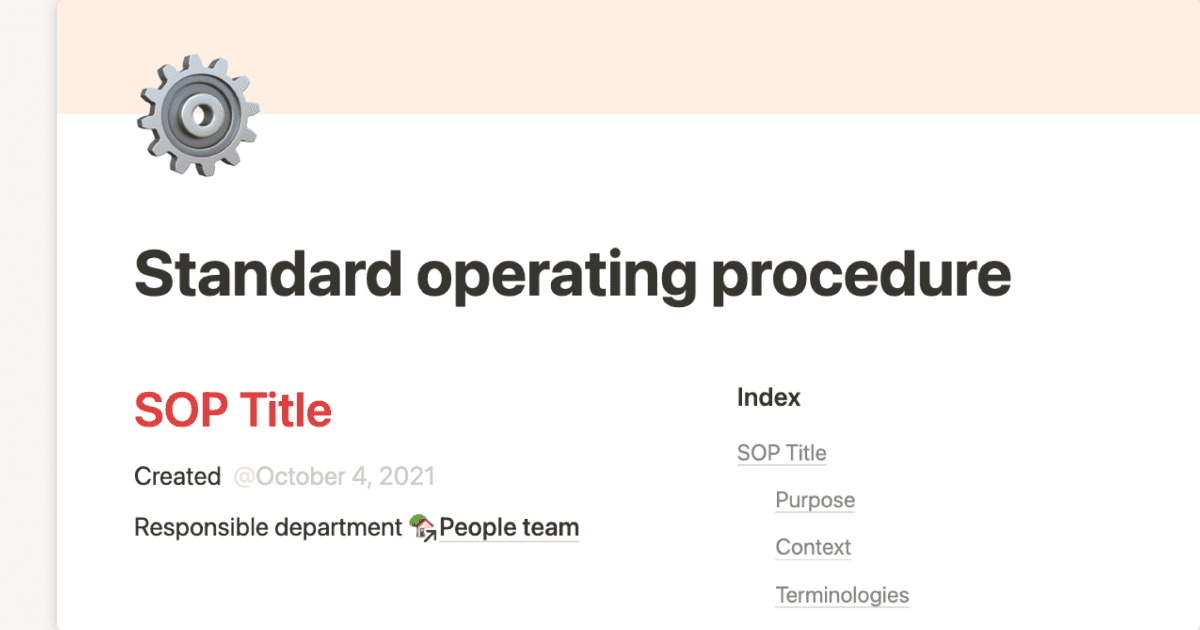Forensic Analyst SOPs

About this template
This template contains Standard Operating Procedures (SOPs) for forensic analysts, detailing protocols for handling various types of evidence, conducting laboratory analyses, and ensuring data integrity. SOP 1 outlines the steps for evidence handling and chain of custody, emphasizing the importance of secure documentation and proper transfer procedures. SOP 2 describes evidence collection techniques for physical, biological, and digital evidence, stressing the need for systematic approaches and contamination prevention.
SOP 3 provides guidelines for laboratory analysis procedures, including pre-analysis preparation, analysis plan development, and quality assurance measures for physical, biological, chemical, and digital evidence. SOP 4 focuses on evidence storage and security, covering initial receipt, storage location assignment, physical security measures, and chain of custody updates to maintain secure and compliant storage facilities. SOP 5 details incident scene documentation, including photographic and video documentation, sketching, measurements, and environmental condition recording to preserve the integrity of evidence for forensic analysis and legal proceedings.
SOP 6 outlines data acquisition from digital devices, ensuring secure and forensically sound methods to preserve the integrity of original evidence through write blockers, forensic imaging, and hash verification. SOP 7 guides forensic analysts in writing clear, detailed, and legally defensible reports, covering report structure, methodology documentation, and result presentation to meet legal and ethical standards. SOP 8 prepares forensic analysts for courtroom testimony, emphasizing case review, legal coordination, testimony preparation, and ethical considerations for expert witnesses.
SOP 9 focuses on maintaining forensic equipment, including inventory management, routine inspections, calibration procedures, and addressing malfunctions to ensure accurate and reliable results. SOP 10 details protocols for ensuring data integrity and security, covering access control, secure data storage, data transfer protocols, and incident response to prevent breaches and maintain confidentiality. These SOPs collectively provide a comprehensive framework for forensic analysts to follow, ensuring best practices in evidence handling, analysis, and reporting.
The SOPs ensure that evidence is collected, analyzed, and stored in a manner that preserves its integrity and admissibility in court. They provide step-by-step instructions for various tasks, including the collection of physical and digital evidence, laboratory analysis, and the preparation of reports and courtroom testimony. The document emphasizes the importance of documentation, chain of custody, and quality control throughout the entire forensic process.













